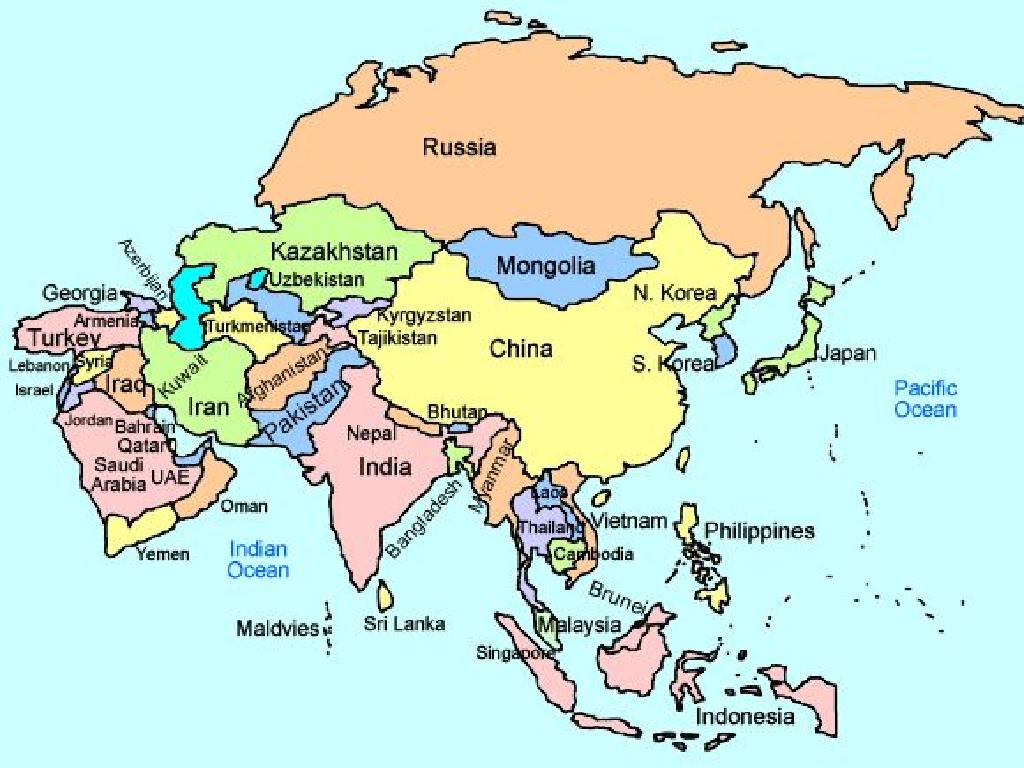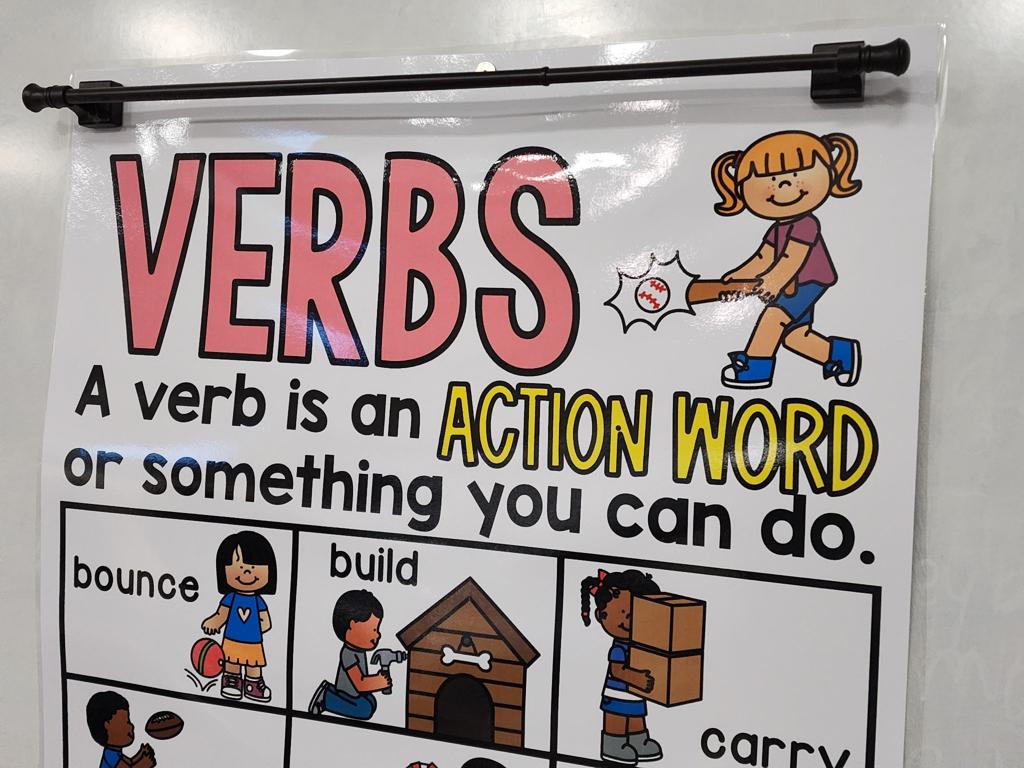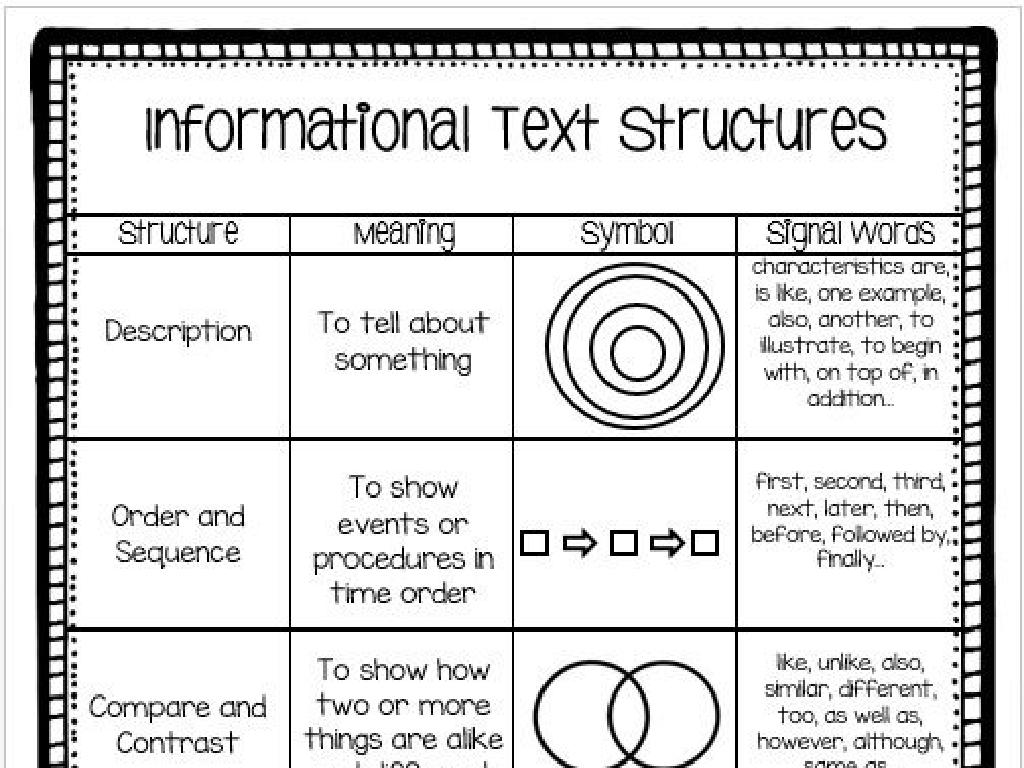Names And Values Of All Coins
Subject: Math
Grade: Second grade
Topic: Money Up To $1
Please LOG IN to download the presentation. Access is available to registered users only.
View More Content
Welcome to Money Math: Learning About Coins
– Introduction to coins
– The importance of money value
– Money has different values, like pieces in a game.
– Using money in everyday life
– We exchange money for food, toys, and more.
– Recognizing coins and their worth
– Identify pennies, nickels, dimes, and quarters and their values.
|
This slide introduces the concept of money to second graders, focusing on coins. Start by explaining that money comes in different forms, including coins and bills, and that each has a different value. Emphasize the importance of understanding money’s value, as it is used in everyday transactions to obtain goods and services. Engage students by discussing items they like to buy and what coins they would use. Introduce the penny, nickel, dime, and quarter, showing real examples if possible, and explain their values. Encourage students to touch and hold the coins to familiarize themselves with the physical characteristics that distinguish each one.
Meet the Coins
– Four main coins: penny, nickel, dime, quarter
– Penny is 1 cent, nickel is 5 cents, dime is 10 cents, quarter is 25 cents
– Coins differ in size, color, value
– Penny is copper, nickel is larger, dime is small, quarter is biggest
– Recognizing each coin
– Look at size, color, and engravings to tell them apart
– Understanding coin values
|
Introduce students to the four main coins used in the United States: the penny, nickel, dime, and quarter. Explain that each coin has its own unique characteristics such as size, color, and value. A penny is worth 1 cent and is copper-colored, a nickel is worth 5 cents and is larger than a penny, a dime is worth 10 cents and is smaller than both the penny and nickel, and a quarter is worth 25 cents and is the largest of the four. Use real coins or images to help students recognize and differentiate each coin. Discuss the importance of knowing each coin’s value for basic transactions. Encourage students to handle coins and practice identifying them.
Learning About The Penny
– The penny is worth 1 cent
– It’s the smallest amount of money in the US.
– Abraham Lincoln is on the penny
– He was the 16th president of the United States.
– Penny: the smallest value coin
– It’s worth less than a nickel, dime, and quarter.
|
This slide introduces the penny to second-grade students, helping them understand the basics of U.S. currency. Emphasize that the penny is the smallest unit of money, worth 1 cent, and can be identified by the image of Abraham Lincoln on one side. Explain that even though it’s the smallest in value, it’s still important for buying things when combined with other coins. You can bring real pennies to class or show pictures to help students recognize and become familiar with the coin. Discuss with students why Lincoln might be on the penny and what his role was in American history to integrate a social studies connection.
Understanding the Nickel
– The value of a nickel
– A nickel is worth 5 cents.
– Thomas Jefferson on the nickel
– His face is on the front side of the coin.
– Nickel equals five pennies
– You can trade a nickel for 5 pennies!
|
This slide is focused on teaching second-grade students about the nickel, which is a basic unit of American currency. Emphasize that the nickel is worth 5 cents, which is the same as five pennies. Show them a picture of Thomas Jefferson and explain that his face is on the nickel to help them easily identify the coin. You can use real coins or play money to demonstrate the concept that a nickel can be exchanged for five pennies, reinforcing the value of the coin. Encourage the students to bring in nickels and pennies for a hands-on activity to help them understand the concept better.
Learning About the Dime
– The dime is worth 10 cents
– Franklin D. Roosevelt’s portrait
– He was the 32nd President of the USA
– A dime equals 2 nickels
– Two nickels make up the same value as one dime
– Or equals 10 pennies
– Ten pennies can also be exchanged for one dime
|
This slide introduces the dime to second-grade students, emphasizing its value and its physical characteristics. Start by explaining that the dime is one of the coins they will use when dealing with money up to $1. Highlight that it is worth 10 cents, which is a fundamental concept in understanding American currency. Show them the dime’s size and the portrait of Franklin D. Roosevelt, explaining his significance in American history briefly. Discuss equivalency by comparing the dime to nickels and pennies, which helps students understand the value of coins in relation to each other. Use real coins to demonstrate these concepts if possible, and encourage students to handle and identify dimes among other coins.
Learning About The Quarter
– The quarter equals 25 cents
– George Washington’s portrait
– The first U.S. President’s face is on the quarter
– Comparing quarter to nickels
– A quarter is the same as 5 nickels or 2 dimes and 1 nickel
– Quarter’s value in pennies
– You can also make 25 cents with 25 pennies
|
This slide introduces the quarter, which is a fundamental coin in U.S. currency, worth 25 cents. Highlight that the quarter features George Washington, the first President of the United States, on one side. Explain the concept of equivalent value by comparing the quarter to other coins: it can be exchanged for 5 nickels, 2 dimes and a nickel, or 25 pennies. This helps students understand the value of the quarter in relation to smaller denominations. Encourage students to bring in quarters and other coins to practice making equivalent values. This tactile experience reinforces their understanding of coin values and simple addition.
Counting Coins: Making Different Values
– Combine coins to make amounts
– Like puzzle pieces, coins fit together to make a dollar.
– Practice counting with coins
– Let s add pennies, nickels, dimes, and quarters!
– Start with the highest value coin
– Quarters first, then dimes, nickels, and lastly pennies.
|
This slide is aimed at helping second-grade students understand how to count coins to make up different values. Emphasize that coins are like building blocks that can be put together in various combinations to reach the same amount. Encourage students to always start counting with the coin of the highest value, as it makes counting easier and faster. For example, if they have quarters, dimes, nickels, and pennies, they should count the quarters first, then add the dimes, followed by the nickels, and finally the pennies. Provide practice examples, such as: How many ways can you make 50 cents? This will help them grasp the concept of counting coins and understanding their values in a practical and engaging way.
Making Exact Amounts with Coins
– Using coins to make exact amounts
– Making 50 cents with coins
– How can we use nickels, dimes, and quarters to reach 50 cents?
– Using the fewest coins for 50 cents
– What’s the smallest number of coins to make 50 cents? Maybe 2 quarters?
– Practice with different coin combinations
– Try using different coins to make 50 cents and see how many ways you can do it.
|
This slide aims to teach students how to use various coins to make exact amounts of money, specifically 50 cents. Start by explaining that different combinations of coins can add up to the same value. Encourage the students to think critically about which coins to use to make 50 cents with the fewest possible coins. A good example is using two quarters. Then, challenge them to find other combinations, such as five dimes, or ten nickels, to reinforce their understanding of coin values and addition. This activity will help students develop their problem-solving skills and improve their familiarity with using coins in real-life situations.
Class Activity: Coin Match-Up
– Match coins to value cards
– Collaborate with classmates
– Work in pairs or small groups for this activity
– Explore multiple combinations
– How many ways can you make 50 cents?
– Understand value equivalencies
– Learn that different coins can add up to the same amount
|
This interactive activity is designed to help students recognize and understand the value of different coins. Provide students with real or play coins and cards with monetary values written on them. Students will match each coin to its corresponding value card. Encourage them to work in pairs or small groups to foster teamwork and discussion. Challenge them to find various combinations of coins that equal the same amount, such as how many ways to make 50 cents using pennies, nickels, dimes, and quarters. This will help them grasp the concept of value equivalencies. As a teacher, circulate the room to assist and ask guiding questions. Possible activities include: 1) Timed match-up challenge, 2) ‘Shopkeeper’ game where students use coins to ‘buy’ classroom items, 3) Coin sorting race, 4) Memory game with coin cards.
Wrapping Up: Coin Knowledge
– Congratulations on learning about coins!
– Understanding money is useful daily.
– Practice counting coins with family.
– Try using real coins or play money.
– Keep exploring money’s value!
|
Well done to all the students for their hard work in today’s lesson on coins and their values. Remember, knowing about money is not just for math class; it’s a skill you’ll use every day, whether you’re buying a snack or saving for a toy. To get even better at counting money, practice with your family at home. Use real coins or play money to count out different amounts. Keep asking questions and exploring how money works in the world around you. Great job today, and keep up the good work!






